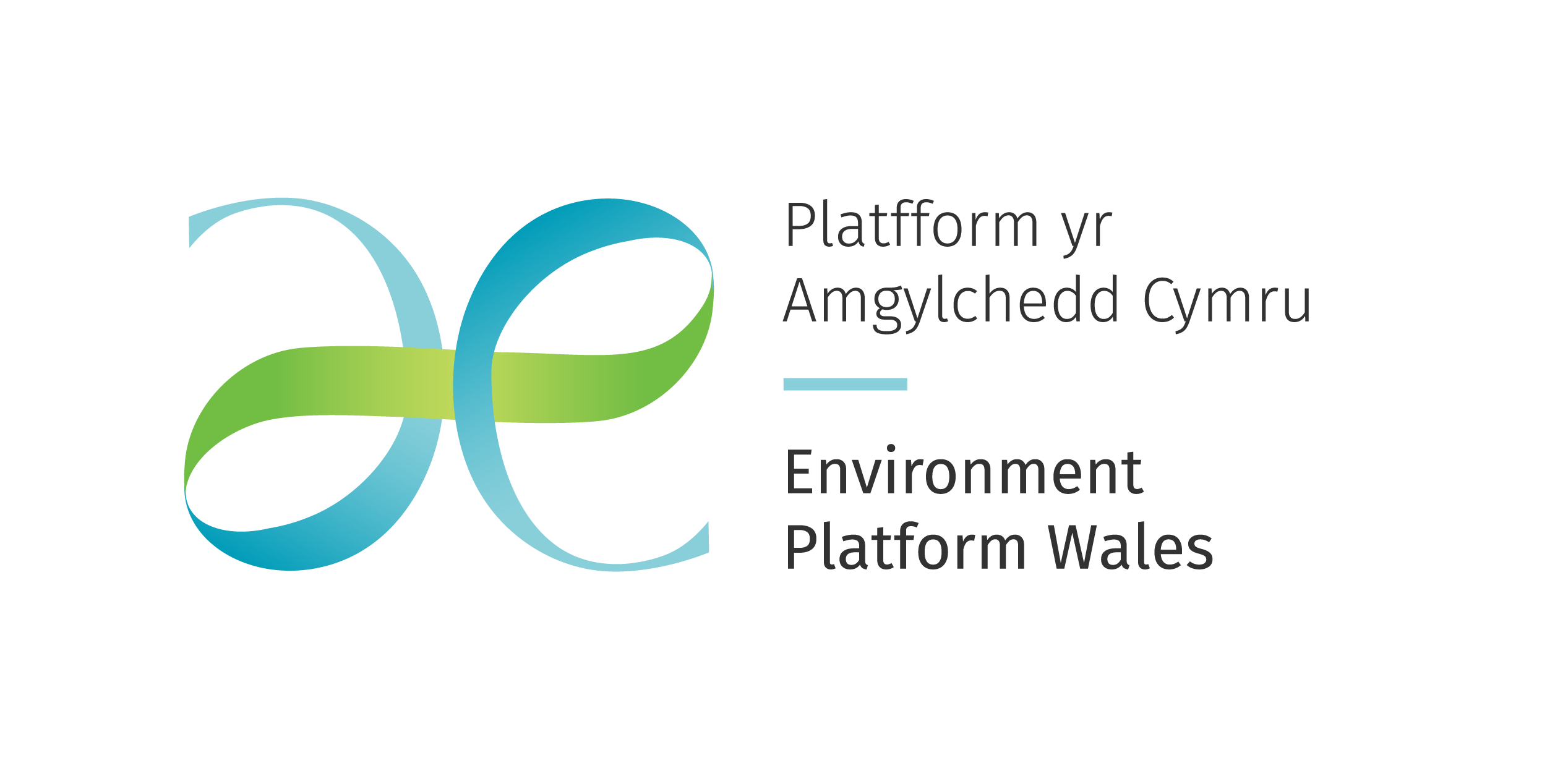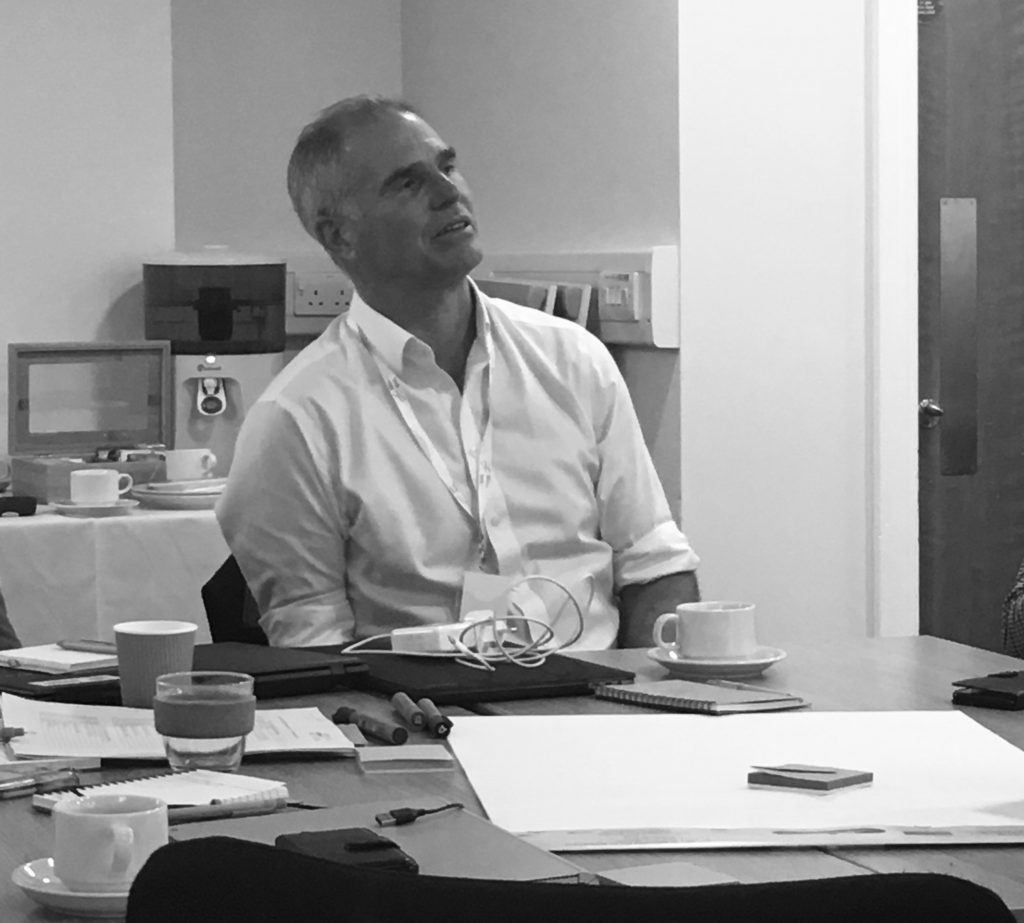
A life down under
As a Sêr Cymru Research Chair in Earth Observation at Aberystwyth University, Professor Richard Lucas is a busy man. He’s an internationally renowned researcher with expertise in quantifying and understanding the response of terrestrial ecosystems and environments to change. This has been gathered following years of professional experience working in academia and with governments in Australia and the UK.
After relocating to Wales with his family, he’s now taken up the Research Chair in Earth Observation at Aberystwyth University through Welsh Government’s Ser Cymru scheme and is flying the flag for a ground-breaking new research project, Living Wales. This project is increasing understanding of the past effects of human activities on our landscapes, both in Wales and abroad, and will allow us to better plan for the future.
Having worked at the Australian Bureau of Rural Sciences in Canberra and the University of New South Wales in Sydney, Professor Lucas (a dual national with the UK) built up a bank of policy knowledge – especially in relation to carbon, biodiversity and land cover change. Through collaboration with the Queensland Government, NASA and Airborne Research Australia, he played a major role in organising several ground and airborne campaigns near Injune in central Queensland to better understand and develop methods for mapping forest carbon and tree diversity.
As a result of his efforts, Injune has become one of the most imaged sites worldwide having accumulated a diverse range of satellite and airborne datasets from 2000 to 2015. More than 60 publications have emerged from the work and the data and approaches have subsequently been used to support continental to global mapping of forest biomass and carbon. The scientific research undertaken by Richard and his collaborators only intensified their ambitions to expand on the work beyond the scope of their original project.
“We wanted to carry on with this work…and to have a greater impact. We started to look at how we could extend our approach to the Australian continent, focusing on biomass, forest structure and mangrove extent. At the same time, we were working with the Europeans on mapping land cover and change within their national parks … it was then that we realised that we could integrate our knowledge to develop a new approach for land cover monitoring that could be applied globally and across multiple spatial and temporal scales”
Sêr Cymru scheme
It’s been a colourful journey for the Professor, who grew up near the Welsh border in the Wye Valley. But after so many years in Australia, we wanted to know how he’s adapted to life in Wales? Is it a brave new world or does he miss the pace (and climate) of Australia?
“In Australia you need people to light fires, to collaborate and come together to address issues as there aren’t that many people there… collaboration is essential in order to address issues such as climate and biodiversity loss and this is the same in Wales. I find Wales a great place to work. You can access the government very easily; they are open and there’s a genuine wish to get things done and to address current issues. That’s why Ser Cymru has been so good; you can try things out. That’s what I have experienced also in Australia where it’s a ‘let’s give it a go’ attitude. The Sêr Cymru programme has allowed me to do just that.”
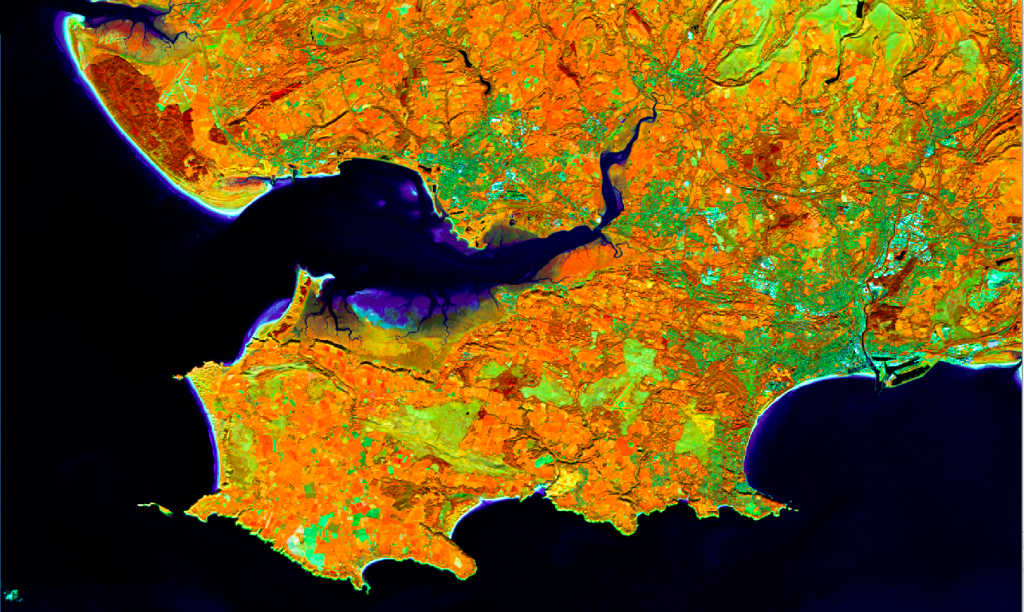
Living Wales is a growing research project working with and supporting existing initiatives to collate, process, analyse and make publicly available the vast archive of optical and radar satellite observations over Wales. The body of work will capture the state and dynamics of Wales’s landscape, in near real time, historically and into the future using Earth Observation data, supportive ground measurements and process models.
The project can make many contributions to Wales, including its commitments to lowering carbon emissions and restoring the nation’s flora, fauna and landscapes. This is particularly relevant as all new legislation is subject to considerations outlined in the Well-being of Future Generations Act 2015. Here, policy makers are obligated to consider the long-term implications and interests of future generations, which are at the heart of the policy. Wales also has its own Future Generations Commissioner. But to what degree do the bill and commissioner play a part in the current work being driven forward by Wales’ leading scientific minds?
“We need to consider both current and future generations. If you think about it, if such policies had been there 40 years ago, a lot of the things that are affecting us now might not have happened. It’s a brilliant act, one that I use as an example everywhere, including in Australia. It’s a strong motivation for my work and a really good thing to aim for…”
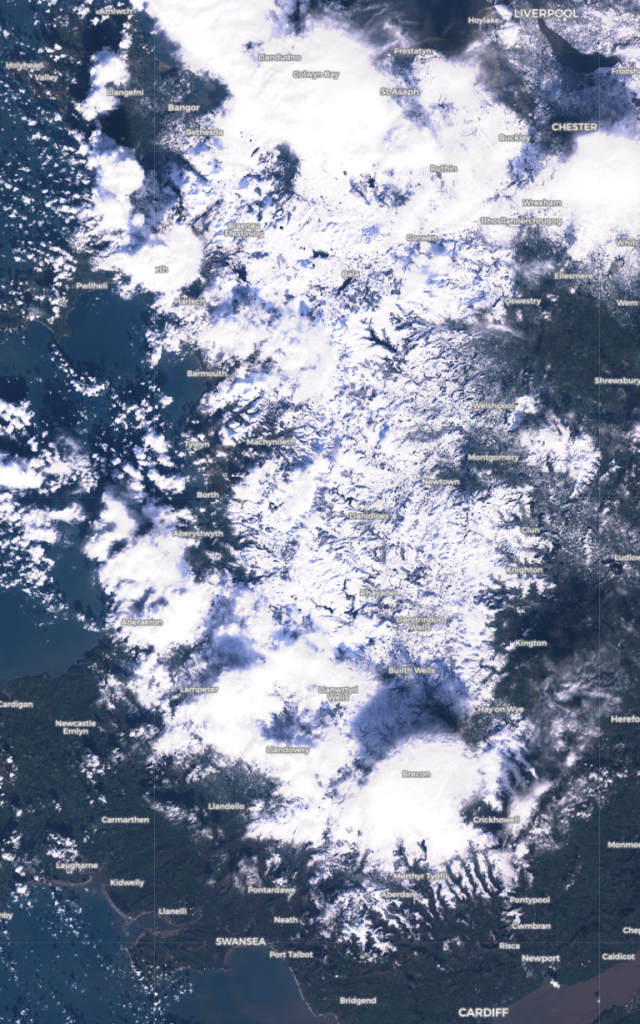

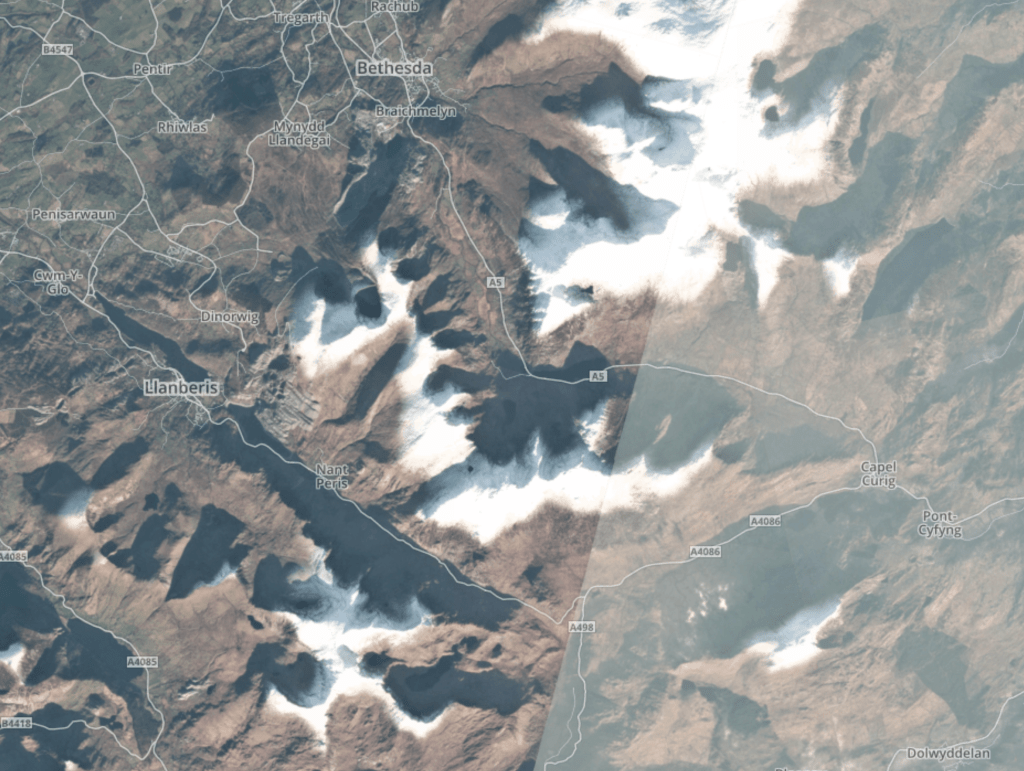
The Living Wales Professor hopes that the data and ‘story telling’ element of the project will contribute to the direction of policy and future land use in Wales. He uses the example of the changing nature of forestry and agriculture in Wales, highlighting how Earth Observations can inform on what worked in the past and help these industries work towards ensuring a strong and sustainable future for the Welsh environment.
By observing our landscapes over time through satellite observations, we can gain new and often surprising insights into the ways that the activities of people have led to what we see today and how they have influenced and altered the distribution of our ecosystems and the flora and fauna they contain and the quality of our environment. These data also give us new perspectives on Wales; we can review our connections with nature and the landscape and use this knowledge to respond to the many challenges we face today and into the future.
Future-proofing our landscapes
It’s something that has driven the professor since his early childhood in the Wye Valley’s rolling countryside.
Through his science education and career, he began to use Earth Observations to study forest environments. During this time, he became increasingly aware of the progressive disappearance of the Amazon and central African rainforests. He remembered seeing the first Japanese radar data for both regions in 2006. These provided cloud-free observations and revealed how much more forest had been lost since an earlier study he had taken part in during the mid 1990s. As a result of this work and that undertaken in later years in Australia, he set out a way to find a positive and proactive solution.
“We’re always focusing on what’s going wrong, what’s missing…it can be a bit too negative. I suddenly realised that we could use the data we were collecting from satellites and aircraft to help protect and restore ecosystems and improve the situation for everyone. It’s sad that people in Wales and also in other parts of the world don’t see the biodiversity that I used to see with my parents. Much has been lost but that’s not realised by younger people today. Many believe the landscape we live now is pretty much the same as it always has been … it hasn’t but what we have today becomes the new normal”
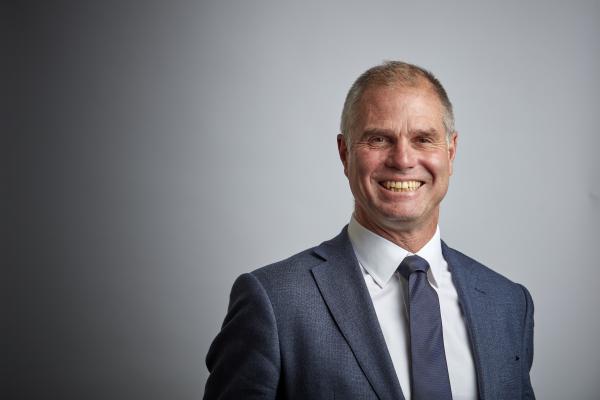
Finding solutions for big problems
Living Wales is undertaking research that will enable anyone with an interest in Wales, including policy makers, landowners, members of the public, to see what’s happening across the landscape, historically and when new imagery are acquired. In doing so, people will be able to be more informed about the landscape and be proactive in helping Wales to respond to many of the current environmental challenges.
“If you have a good environment, people are happier…they are generally healthier…there’s clean water to swim, they enjoy themselves. It’s about more than their basic needs, it’s something to live for…something to pass on”
Living Wales is being developed at a pressing time for the environment, both here in Wales and across the World. Sustainability and climate change are hot topics – conversation starters – but they can be divisive. Governments are having to balance economic growth against alarming evidence that our environment is under increasing amounts of strain. How will Living Wales be heard in such a noisy marketplace?
“It’s fundamental. Plastics, air pollution, loss of carbon and biodiversity…these are global problems that should have been realised and addressed a long time ago. We need a rethink, and this is where Living Wales can make a contribution – by informing on our past use of the environment, so we can better plan for the future. If we know what went wrong, we can help learn what to do next and get our natural environments functioning in the way they should be.”
The immediate aim for the professor is to provide annual maps of land cover change for Wales, which will be freely available for anyone to view. These will paint a picture of changes over the past 35 years and allow people to understand the landscapes of today and better plan for the future. The next step is to introduce capability for near real time mapping of the landscapes, thereby informing on more temporary changes such as flooding, fires, drought and snow. The effort is being supported by new approaches to collect and collate existing ground and airborne datasets to support the algorithms used for mapping and monitoring land cover change across Wales.
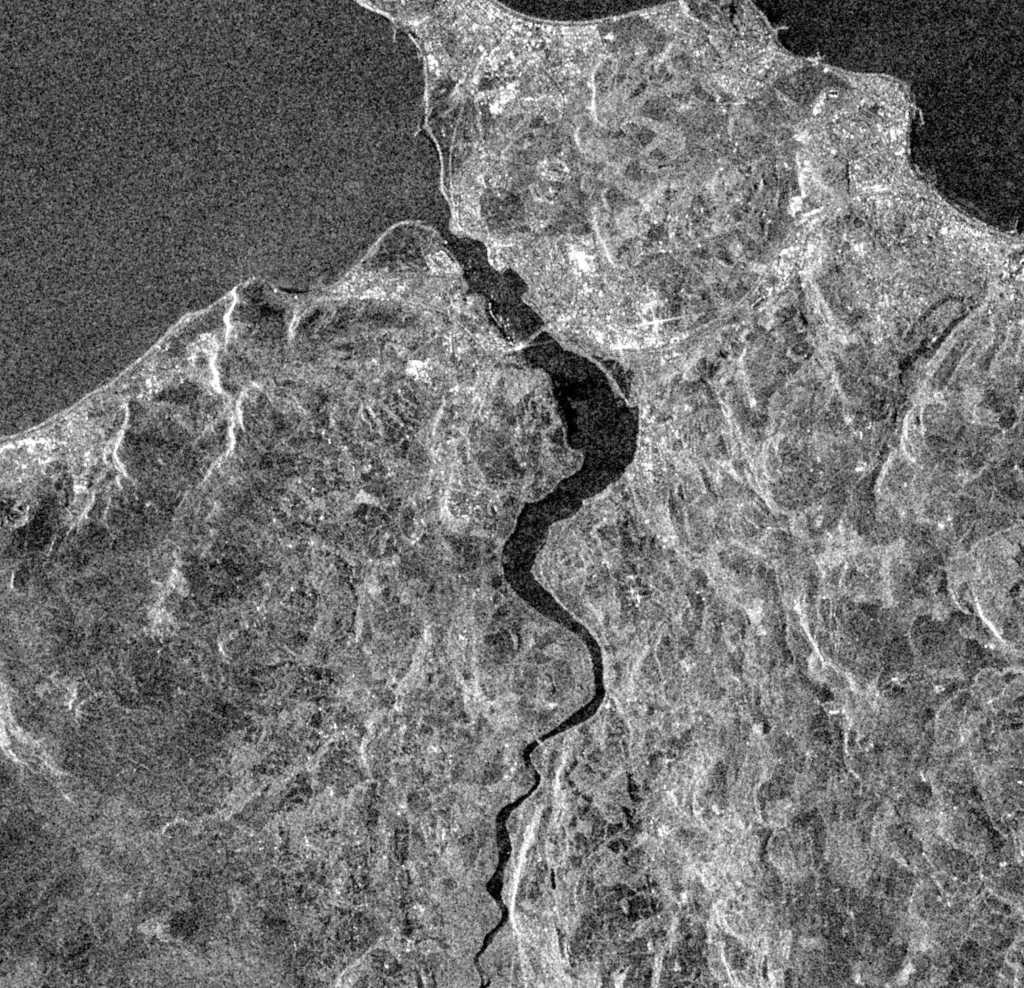
It’s hard to argue with the evidence generated from so many data sources – and the Professor hopes that, as Living Wales develops, so too will collaboration and work with local land guardians, organisations and institutions that are charged with looking after the land around them. The opportunities for existing mapping and observations in Wales to dovetail with Living Wales’ outputs are considerable.
In the end, and from a variety of viewpoints, everyone wants to do what they can to protect the land for current and future generations while still generating opportunities for development and growth. This is despite the friction that can sometimes arise between certain parties.
Where does Professor Richard Lucas sit in terms of his view?
“Living Wales is about whatever’s best for Wales…”
Couldn’t have put it better ourselves.
For more information on Living Wales, visit the website. The Living Wales Exhibition has also been established at the Centre for Alternative Technology (CAT) near Machynlleth in mid Wales through a collaboration with Aberystwyth University. This provides a unique opportunity for the public to understand how our World is changing, to understand the role of Earth Observation in addressing current environmental issues, and to get involved.
Living Wales is a project led from the Earth Observation and Ecosystem Dynamics (EOED) Research Group of the Department of Geography and Earth Sciences at Aberystwyth University and is ‘Part-funded by the European Regional Development Fund through the Welsh Government. The Ser Cymru researchers working with Prof. Lucas on Living Wales are Suvarna Punalekar, Carole Planque and Sebastien Chognard whilst Christopher Owers and Heather Kay are working on related projects.




